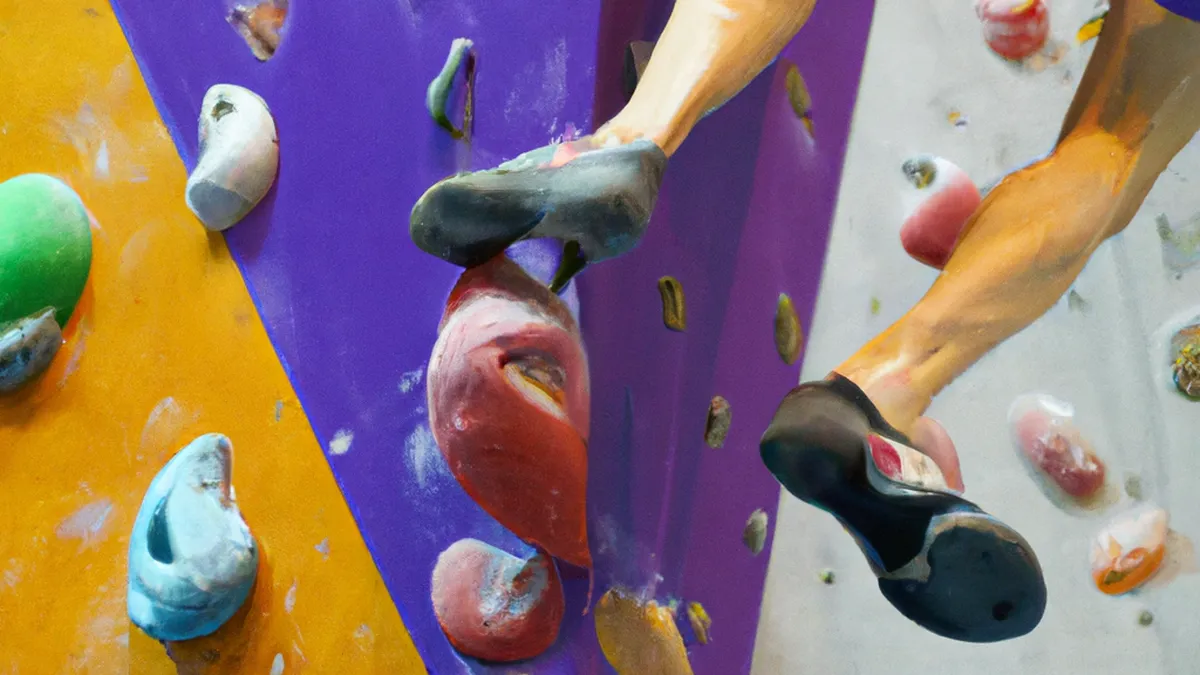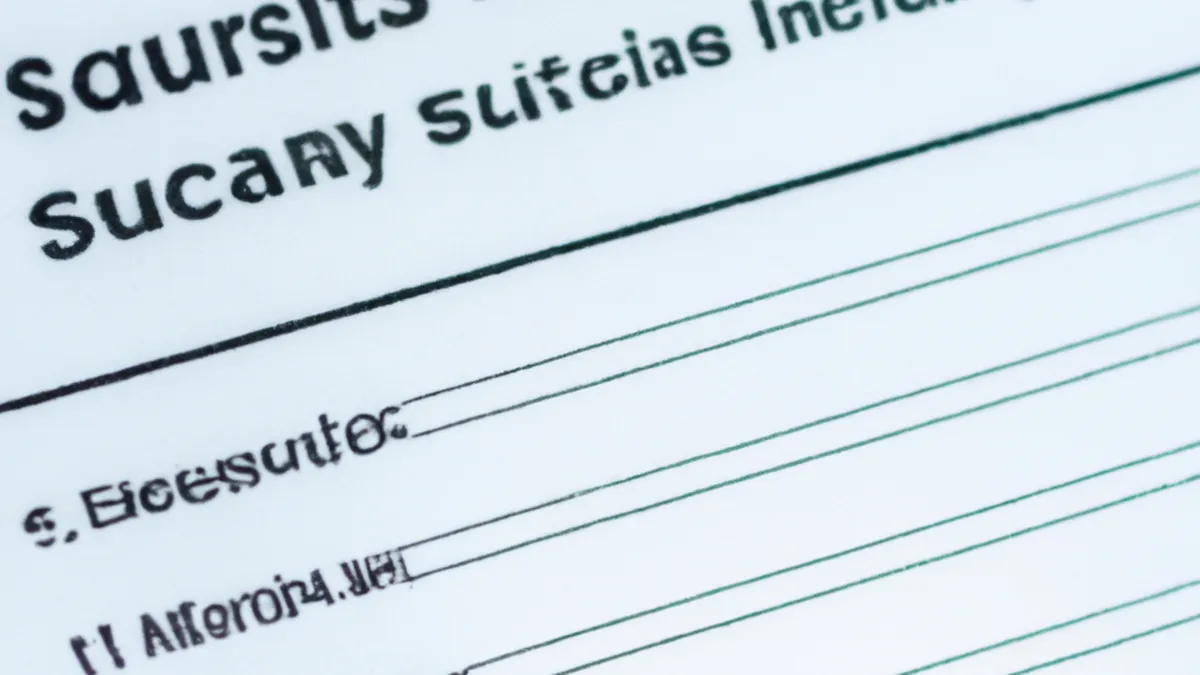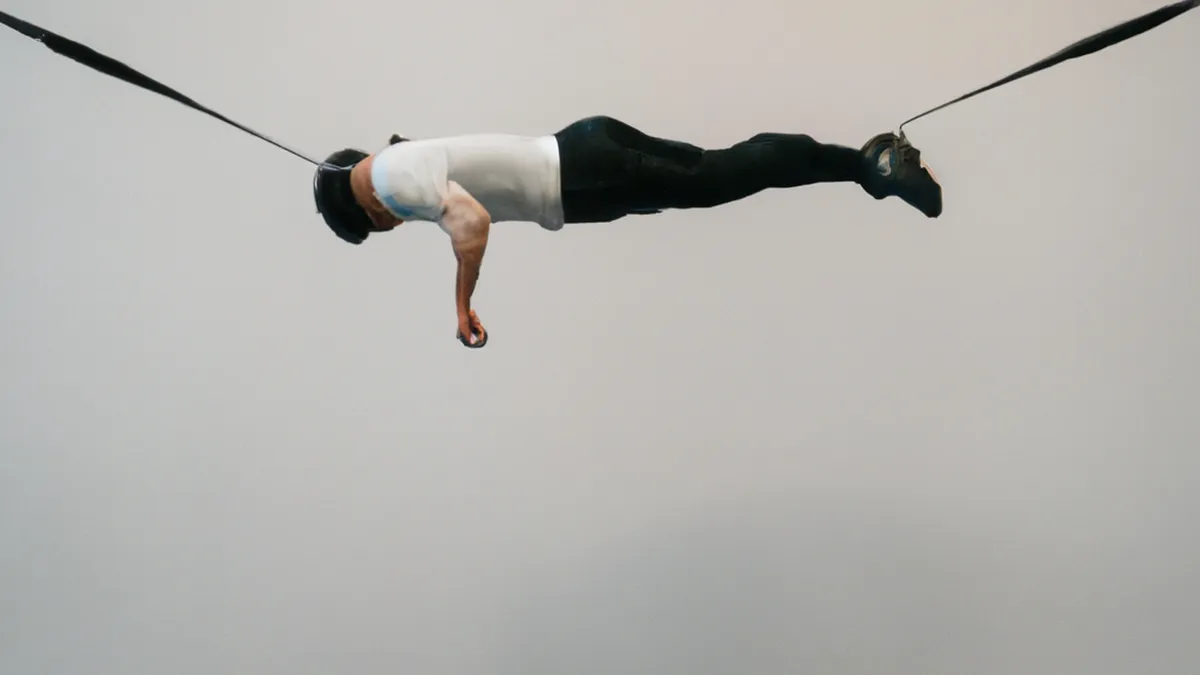Ignite Your Agility with Functional Fitness
Functional Fitness for Older AthletesAs we age, staying active gains importance. Functional fitness emphasizes exercises that improve daily activities for older adults. This approach helps older athletes maintain or enhance performance while ensuring well-being. This article explores functional fitness principles, practical tips, and benefits for older adults.
What is Functional Fitness?
Functional fitness involves exercises that reflect everyday movements. Unlike traditional workouts, it trains the body for real-life activities. This method helps older adults boost strength, balance, and flexibility, making tasks like lifting groceries or climbing stairs easier.
Key Elements of Functional Fitness
Functional fitness includes several vital components:1. **Strength Training**: Engage multiple muscle groups with compound movements like squats and push-ups. These exercises mimic real-life body usage.2. **Balance Training**: Maintaining balance is crucial as we age. Balance exercises, such as single-leg stands, reduce fall risks and enhance stability.3. **Flexibility and Mobility**: Stretching and mobility exercises maintain range of motion and prevent injuries. Routines like yoga improve muscle elasticity and joint mobility.
Tips for Older Athletes
As an Amazon Associate I earn from qualifying purchases.
Gear tip: consider stretching strap, yoga blocks, and mobility sliders to support this topic.
Approach your functional fitness journey thoughtfully. Consider these tips:
1. Start Slow
If you’re new to exercise, begin with low-impact activities. Gradually increase intensity and complexity as your strength grows. Starting slow helps your body adapt and reduces injury risks.
2. Focus on Form
Proper technique ensures safety and maximizes exercise effectiveness. Work with a certified trainer or attend tailored classes. They guide you on form and customize exercises to meet your needs.
3. Incorporate Variety
Mix different exercises to keep workouts engaging. Include strength, balance, and flexibility routines. Alternate resistance training, yoga, and balance workouts throughout the week.
4. Listen to Your Body
Pay attention to your body’s responses during workouts. Adjust your routine if you experience pain or discomfort. Prioritize health and avoid pushing through pain to prevent injuries.
5. Stay Consistent
Consistency matters in any fitness program. Aim for regular workouts to achieve lasting results.
Conclusion
Functional fitness empowers older athletes to enhance their daily activities and overall well-being. Prioritize strength, balance, and flexibility for a healthier lifestyle.
Below are related products based on this post:
FAQ
What is functional fitness?
Functional fitness is a type of exercise that focuses on movements relevant to daily activities. It aims to improve strength, balance, and flexibility, making everyday tasks easier for older adults.
What are the key elements of functional fitness?
The key elements include strength training, balance training, and flexibility and mobility exercises. These components work together to enhance overall physical capability and reduce injury risks.
How should older athletes start their functional fitness journey?
Older athletes should start slowly with low-impact activities and gradually increase intensity. It is important to focus on proper form and incorporate a variety of exercises to keep workouts engaging and effective.















Post Comment